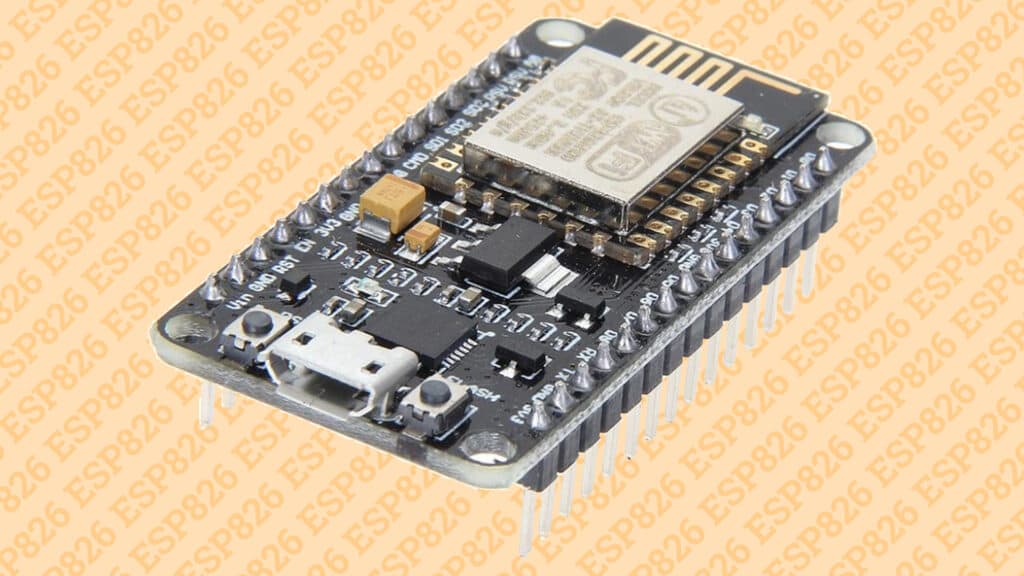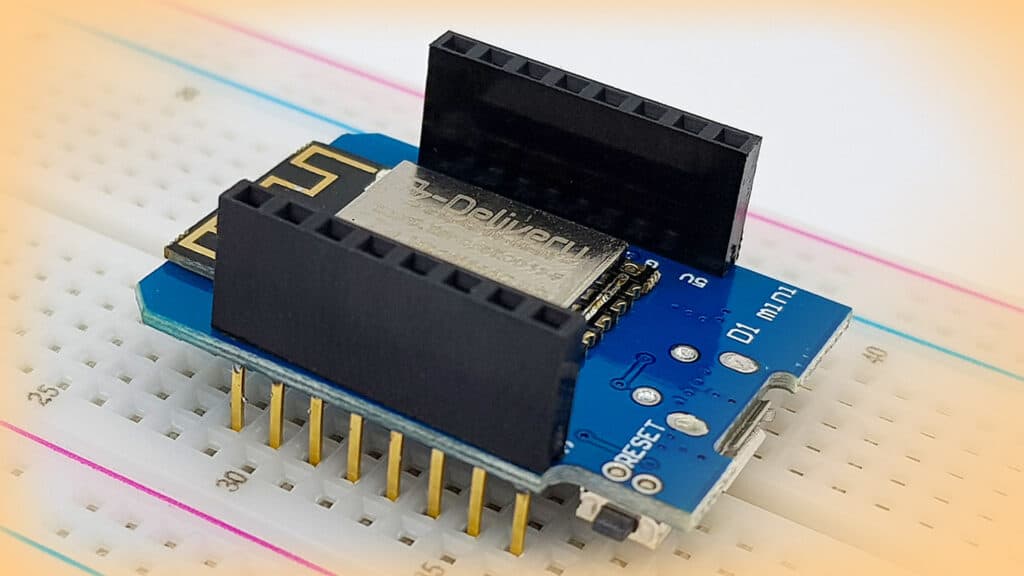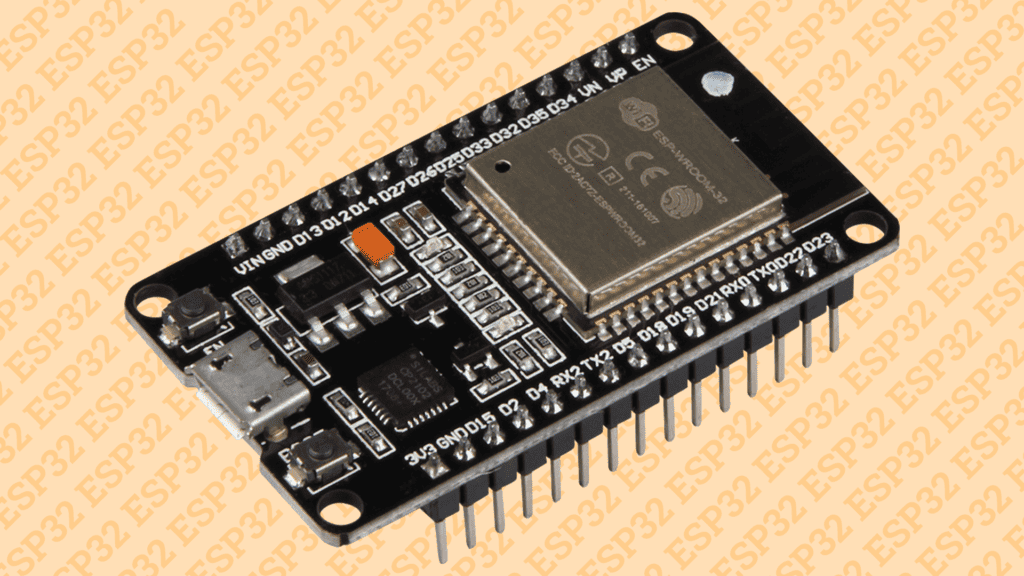
The densely packed e-paper display looks better than any LCD
The creator of this ESPHome project wanted to pack as much information on their 4.2″ e-paper screen from Waveshare as possible.
Welcome to our guide page for Home Assistant, ESPHome, and smart home automation! This page is designed to provide you with comprehensive and step-by-step guides for setting up and using Home Assistant, ESPHome, and various smart home devices. Whether you're a beginner or an experienced user, our guides will help you make the most out of your smart home setup. We cover everything from the basics of home automation to advanced topics like automating your lights and controlling your devices with voice commands. Join us as we explore the exciting world of smart homes and discover how easy it is to make your home smarter, safer, and more comfortable!
Disclosure: This page contains affiliate links. If you click through and make a purchase, I will earn a commission, at no additional cost to you. Read my full disclosure here.

The creator of this ESPHome project wanted to pack as much information on their 4.2″ e-paper screen from Waveshare as possible.

This comparison will help you make the right choice when planning an ESPHome air quality sensor by taking a look at the supported particulate sensors.

These custom components for ESPHome integrate with numerous Bluetooth devices from Xiaomi that are not (yet) officially integrated with ESPHome.

ESPHome 2021.10 introduces the ESP-IDF that allows tinkerers and makers to use three ESP32 variants: the ESP32-S2, ESP32-S3, and ESP32-C3.

As of ESPHome 2021.9.0, you can easily integrate the Airthings Wave Plus, a CO2, VOC, and Radon sensor, with Home Assistant.

At its core, The ESP8266 is a low-cost Wi-Fi (b/g/n) microchip, released in 2013. With ESPHome, it can be used to read sensors, build lights, and more.

Discover the power of ESPHome for DIY smart home automation. Learn how ESPHome integrates with Home Assistant, and explore the capabilities of ESP8266, ESP32, and RP2040 microchips. Simplify firmware creation and unlock endless possibilities for IoT projects.

GPIOs are what ESPHome uses to gather data from sensors, detect button pushes, push data to other devices, and more.

The ESP32 is a low-cost, low-power, and ESPHome-compatible system on a chip microcontroller.

In some cases, the ESPHome dashboard will show all nodes as offline, despite them being online. A single variable is the fix.